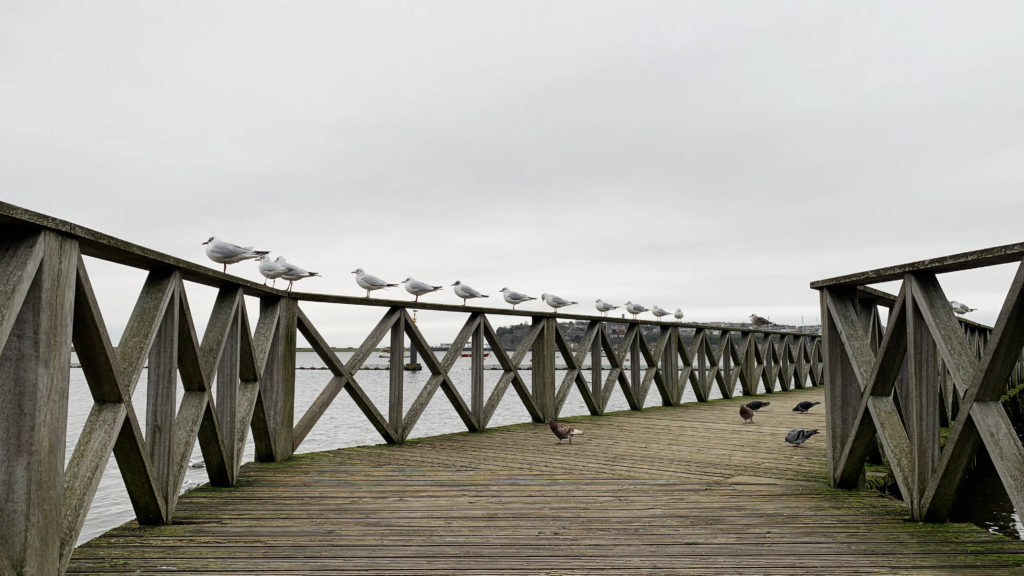City Nature Challenge 2021 is going to take place in Cardiff. Are you ready to explore South Wales wildlife paradise?
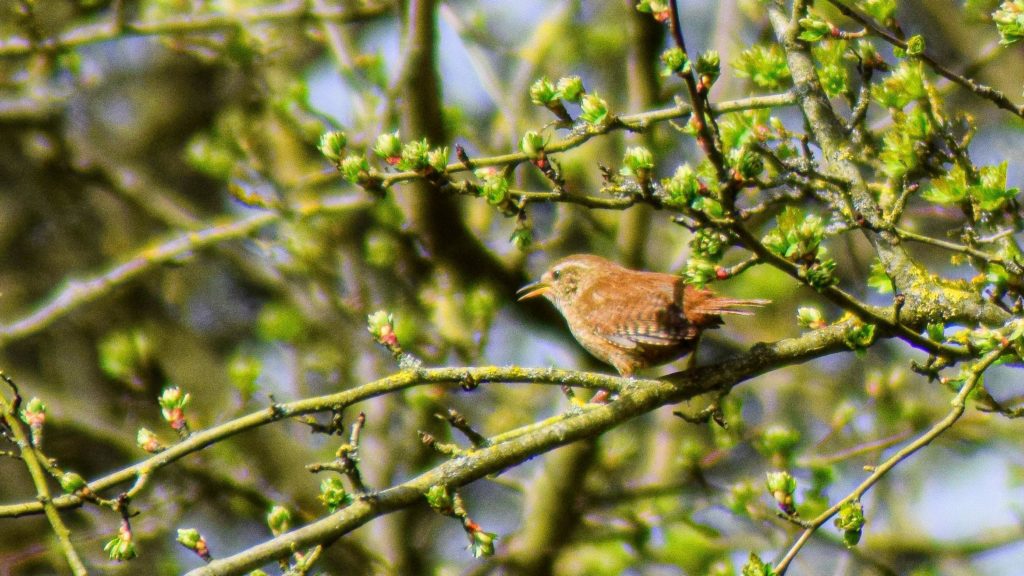
People can protect and learn more about urban wildlife by sharing pictures of them during a local wildlife event.
With easing of lockdowns, more and more people are flocking to nature and the countryside.
The event called City Nature Challenge 2021 encourages citizens to record wildlife in their cities by sharing pictures of urban wildlife them found on iNaturalist app from April 30 to May 3.
“The app will give you some handy suggestions of what it thinks you’ve seen, and you can join the iNaturalist online community to learn more about the wildlife around you,” said The Living Levels Partnership, the organizer of the Challenge.
“Best of all, the records you submit will help inform local and national conservation work,”
This year, Cardiff, Newport and the Gwent Levels are representing South Wales to the UK City Nature Challenge which is part of a global citizen science project.
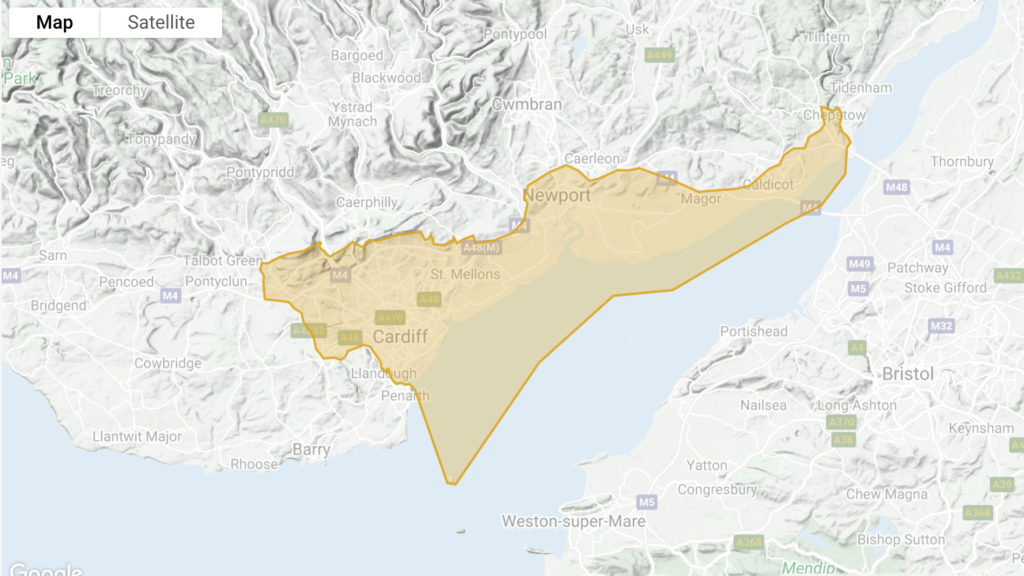
Being stuck at home during lockdown brought a new appreciation of nature. Studies show that being in contact with nature can have a positive influence on our well-being.
“During the COVID-19 lockdowns, more of us are noticing the variety of animals, trees, and flowers in our back gardens or local park – and how being in contact with nature can influence our happiness,” said Melissa Marselle in Conversation. She is a lecturer in psychology, De Montfort University.
Here are some greenspaces that you can observe urban wildlife if you’re living in South Wales.
Bute Park
The 130-acre park is in the city center of Cardiff and is home to many plants and animals, such as swifts, rare and champion trees, bats, otters, bluebells, peregrines. Although otters are known to frequent all of Cardiff’s rivers, they are shy and nocturnal mammals. If you are lucky to spot an otter in the park, you can learn more about them in the Otter Project run by Cardiff University.

Roath Park
Walking in the park with a classic Victorian atmosphere, you can easily see water birds is the most common animal in Roath Park Lake. The park is divided into several parts including Grade 1 listed historic park, Roath Park Lake, Wild Garden, Llandennis Oval, Botanic Garden, Roath Pleasure Gardens, Roath Recreation Ground.
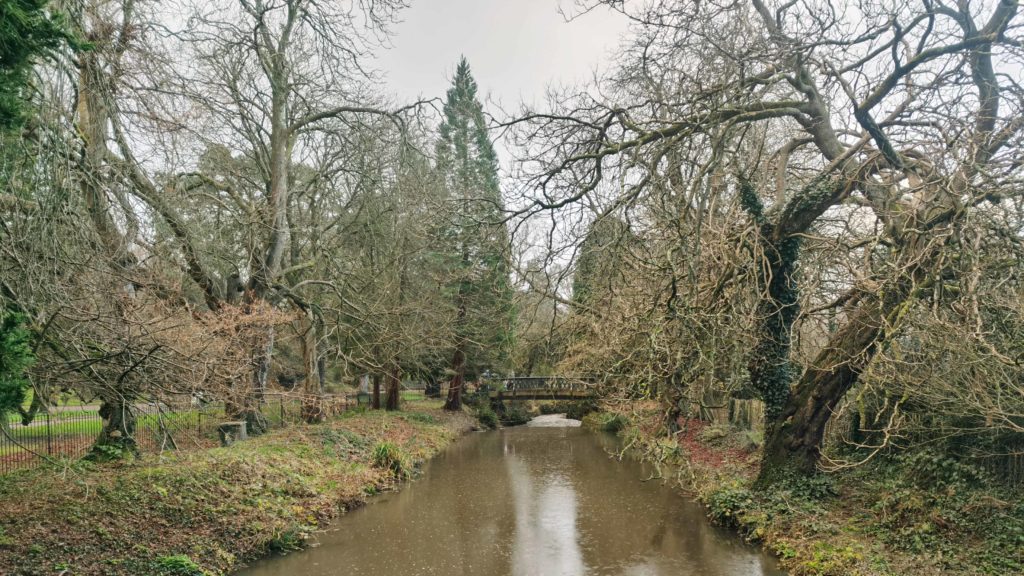
Cosmeston Lakes
Cosmeston Lake was designated a Local Nature Reserve LNR and is one of the Sites of Special Scientific Interest (SSSI’s) to protect a rare plant called Starry stonewort that is classified as endangered and is also scare throughout Europe.
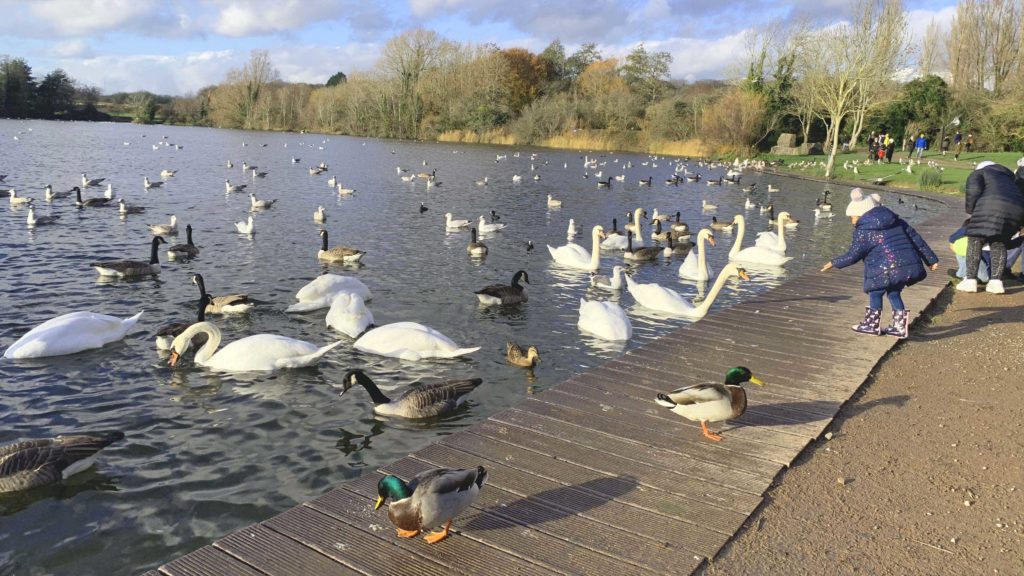
Parc Tredelerch
Tredelerch is also a hotspot for people who love watching wildlife. Walking or jogging around the lake you can see plenty of species of birds and insects such as swans, butterflies and dragonflies.

Cardiff Bay Wetlands Reserve
The wetlands provide an important habitat for many bird, fish, animal, and plant species in Cardiff and are biodiversity hot spots within Cardiff Bay. Visitors may find nests of Reed Bunting, Reed Warbler, Sedge Warbler in this habitat. From the boardwalk goes out into the water, we can have a good view across the Reserve and watch the fish shoaling in the shallow waters.
